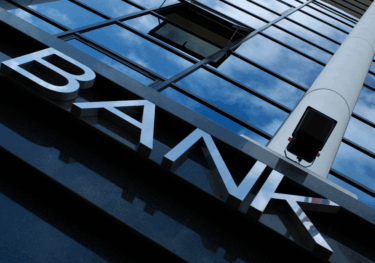Recent Release | 20 Mar 2023
True Cost of Compliance – 2023 Report

Thought Leadership and Economic Consulting Teams
Oxford Economics

This report updates our 2020 research on the detection and prevention of financial crime, and it’s cost to the UK financial services sector. We surveyed 300 senior compliance executives about their costs and compliance activities, and used these results to estimate the costs across the UK Financial Services sector. The report, by LexisNexis Risk Solutions, includes interviews with senior compliance officials, and presents the factors driving increases in compliance costs, and how people and technology are employed across the full range of compliance obligations in the fight against fraud and money laundering.
Our survey explored in depth the trends in compliance costs across Financial Institutions in compliance departments and more front line roles, the factors driving compliance costs, and breakdown by type and compliance activity. We then carried out econometric analysis to calculate the total financial crime compliance cost for the UK financial services sector, as well as providing further analysis. This shows that the new sanctions relating to the Ukraine conflict affect a minority of institutions and is not a material factor to explain the persistent increase in compliance costs, which is mostly driven by keeping up with regulatory expectations. There are signs that financial institutions are upgrading their compliance approach, using more technology to improve efficiency and effectiveness.
The experts behind the research
John and Ben, members of the Thought Leadership and Economic Consulting teams, respectively, bring years of experience working with clients around the globe and across sectors to build models, forecast markets, run extensive surveys, and evaluate interventions using state-of-the art techniques.

John Reiners
Managing Editor, UK & EMEA, Thought Leadership

Ben Skelton
Lead Econometrician, Economic Consulting
Tags:
You might be interested in

Housing affordability remains strained across US metros
A household needed to earn an annual income of $110,100 to afford a single-family home and pay both property taxes and home insurance costs in Q3 2025, down 2.3% from the peak Q1 2025 ($112,700) but nearly twice that of Q3 2020.
Find Out More
Surge in tech borrowing boosts bank profits
An epic burst of capex from the tech sector to build AI and related infrastructure has driven a pick-up in borrowing, in the form of new loans, bond sales, and hybrid financing tied to specific projects. This demand for finance points to rising revenues and improved profitability in the US financial services sector while creating opportunities for businesses across the economy to scale their productivity by taking advantage of innovative technologies.
Find Out More
The kids aren’t alright – Economic health of Gen Z
Unemployment is rising and wage growth is declining for young adults, which could have a long-term scarring impact. Weak labor market prospects and rising housing costs are causing more young adults to live with their parents.
Find Out More
Commodities outlook 2026: Another challenging year ahead
Looking ahead, we anticipate a modest contraction in 2026 for aggregate commodity prices, with US natural gas and precious metals likely to remain relative outperformers.
Find Out More